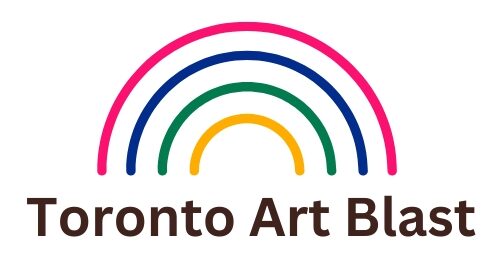Client Onboarding Process: How to Set the Stage for Long-Term Success
The client onboarding process is one of the most crucial stages in establishing a strong relationship with a new client. It sets the tone for your collaboration, outlines expectations, and ensures that both parties are aligned from the beginning. Whether you’re a freelancer, consultant, or small business owner, having a well-structured client onboarding process can significantly improve client retention and satisfaction.
What Is the Client Onboarding Process?
The client onboarding process refers to the series of steps you take to introduce a new client to your business. This typically includes initial meetings, documentation, setting up communication channels, gathering necessary information, and clearly outlining deliverables and timelines. A great onboarding process not only streamlines operations but also builds trust and clarity from day one.
Why the Client Onboarding Process Matters
Many businesses overlook the importance of onboarding, rushing through the setup just to get started with the actual work. However, a disorganized or incomplete onboarding process can lead to miscommunication, unmet expectations, and even client churn. A thoughtful onboarding experience assures your client that they’ve made the right choice and reinforces your professionalism.
Key Benefits of a Strong Client Onboarding Process
- Builds client confidence and trust
- Establishes clear communication channels
- Clarifies goals, deliverables, and timelines
- Improves workflow and reduces errors
- Boosts client retention and referrals
Steps to an Effective Client Onboarding Process
1. Send a Welcome Message
Begin with a personalized welcome message via email or video. Thank them for choosing your services, let them know you’re excited to work with them, and introduce the next steps. This small gesture can have a big impact in building rapport.
2. Share an Onboarding Questionnaire
Gathering information early on helps you understand the client’s goals, preferences, and any specific requirements. An onboarding questionnaire can cover details like target audience, competitors, timelines, tools they use, and more. Use tools like Google Forms or Typeform to keep it organized.
3. Schedule a Kickoff Call
The kickoff call is an opportunity to go over the completed questionnaire, clarify any doubts, and further align on goals and deliverables. It’s also the perfect time to introduce your team if applicable and set expectations for communication and collaboration.
4. Outline the Scope and Timeline
Clarity is key to a successful client relationship. Present a clear breakdown of the scope of work, expected deliverables, timelines, and any dependencies. This is also when you should discuss payment schedules and terms to avoid any misunderstandings later.
5. Set Up Communication Channels
Determine how and when you will communicate. Will you use email, Slack, Asana, or Zoom? Establish preferred meeting times and set a cadence for updates (weekly, bi-weekly, monthly). Clear communication helps prevent project bottlenecks.
6. Share Access and Tools
If you need access to client tools like Google Analytics, website CMS, social media accounts, or project management software, make it easy for them to share access. Providing a secure and user-friendly method for access (such as LastPass or a secure form) shows that you take their privacy seriously.
7. Provide a Welcome Package
A digital welcome package can include all essential information in one place: a client guide, FAQs, communication protocols, billing details, and a summary of the onboarding process. This makes it easy for clients to refer back if they have questions down the line.
8. Begin the Work with Confidence
Once the onboarding is complete, you’re ready to kick off the work confidently. Send a summary email to recap the scope, deadlines, and what comes next. Starting strong reduces anxiety on both sides and helps the project run smoothly.
Best Practices for a Seamless Client Onboarding Process
- Use automation where possible (email sequences, forms, scheduling tools)
- Be consistent with your process for every client
- Always leave room for customization to fit client needs
- Keep communication clear, concise, and friendly
- Ask for feedback after the onboarding process to improve it
Tools That Can Streamline the Client Onboarding Process
There are several tools available to help automate and organize your onboarding process:
- Dubsado: Great for service-based businesses with built-in forms, contracts, and scheduling.
- HoneyBook: A CRM tool focused on freelancers and creatives, offering contracts, payments, and workflows.
- Airtable: Flexible database system to track onboarding progress and client information.
- Calendly: Makes scheduling calls or meetings quick and easy for both you and your client.
Conclusion
Implementing a strong client onboarding process is more than just administrative housekeeping—it’s an essential part of building long-term client relationships. When done right, it increases satisfaction, builds trust, and improves project outcomes. Invest the time to create a repeatable, efficient process that showcases your professionalism and sets the foundation for success. Whether you’re just starting out or scaling your business, optimizing your client onboarding process will always pay off.




